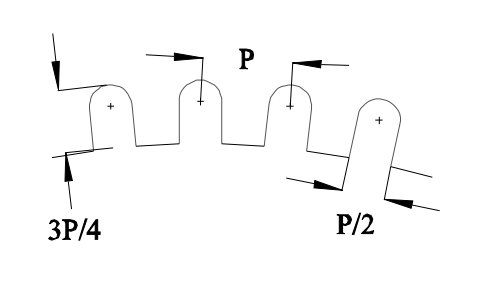Dear John,
It is a newly built house, and a suitable joist was installed. Above the joist is just the roof tiles, so there's no gap to install a winch in the ceiling.
The Chandelier is in the middle of the ceiling, so there is nowhere to lean a ladder against, and a scaffold platform that high would cost circa £400 to hire each time, so a winch system was specified.
The title of this "Beginner's Questions" forum thread is "Worm-Gear advice sought"; so why be sarcastic about me not knowing to search for some variant of of an epicyclic gear that I have never heard of?
I was curious anyway, so I did try extensively Googling epicyclic gears, but all I found was several hundred examples of planetary gearboxes that all used a ring-gear with internal teeth.
Maybe it totally obvious to you how to make one without an internal ring gear, but it is not obvious to me.
I found one bizarre example that used planetary bevel gears, but that looked overly complicated.
More searching led me to "differential spur gear trains". Is that perhaps what you are alluding to?
Or, perhaps you meant a face-gear solution like this one?
All these solutions looks like an awful lot of gear cutting, to achieve what one worm gear stage can do.
Whilst it is an interesting subject, I think it might be academic for this application, given that we are lifting a load that requires the gearbox to be self-locking, and a worm-gearbox is best for that.
Regarding multi-start vs. single-start worms, I found this friendly website, where it says that:
"The worm drive inefficiency originates from the sliding contact between the teeth. A multi start thread has a steeper helix angle which results in less friction between the threads (so it is more efficient) and therefore such a system is less likely to be self-locking. It follows that a steeper helix allows for faster translation along the threads i.e. an item utilising a multi start thread can be tightened in fewer rotations than one using a single start thread."
So, multi-start threads are more efficient, but that can back-drive (which is bad for this application), and they only give half the gear ratio (which is also bad for this application).
Best Wishes
Nick Lee
Edited By Nicholas Lee on 15/05/2016 15:15:29
john carruthers.







